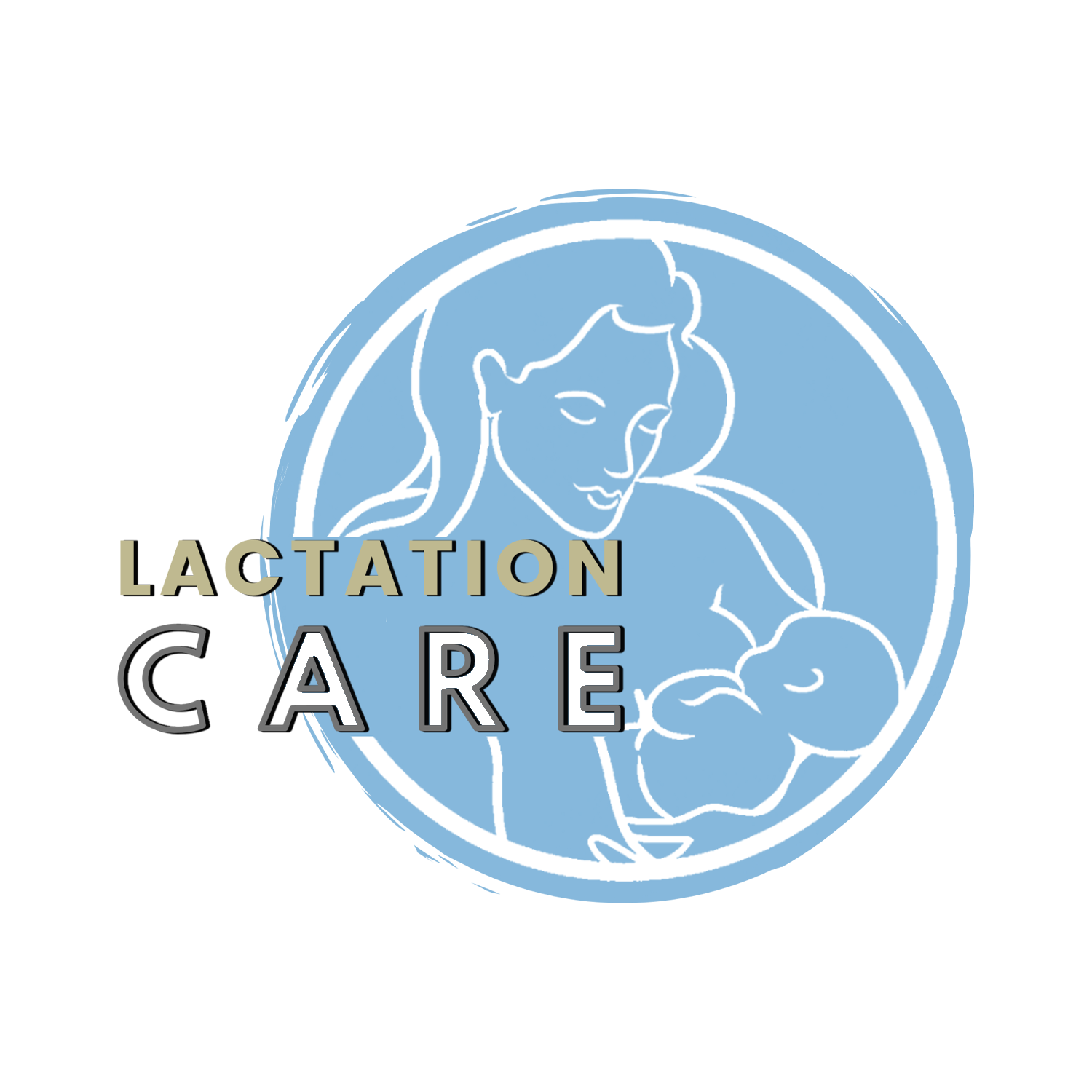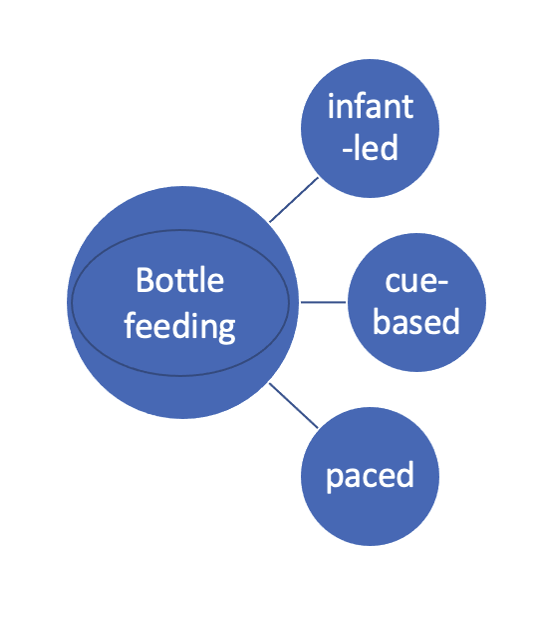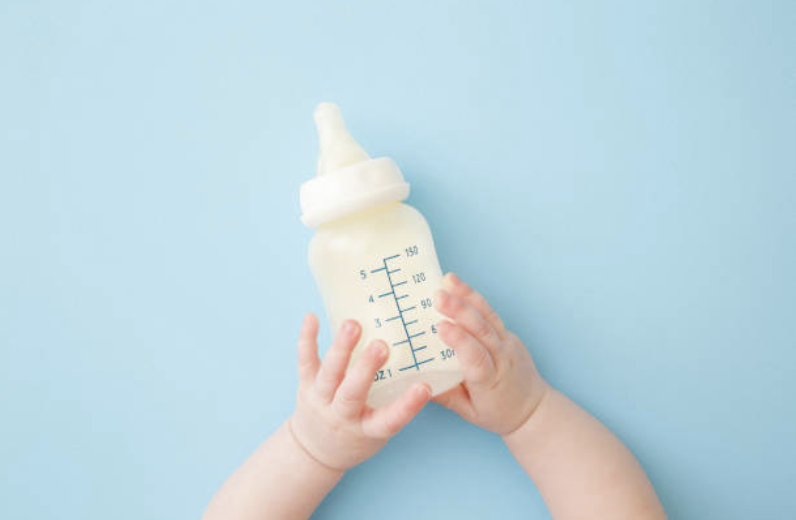Infant-led, Paced Bottle Feeding
Common Challenges
How to Bottle Feed
Resources
This resource is for parents and caregivers:
Who wish to breastfeed and are also using bottles.
Who are not exclusively using other alternatives such as a cup, spoon, feeding tube, or supplementary feeding system?
Who are exclusively bottle-fed.
Background:
According to the World Health Organization’s Baby-Friendly Initiative, breastfeeding babies should not be offered artificial nipples in hospitals nor in community health settings. This is best practice. So is offering alternatives to bottles if supplementation is needed for a breastfeeding baby.
Today’s Reality:
Unfortunately, parents who are breastfeeding sometimes run into challenges and are also bottle feeding. Wait. How hard can it be to give a bottle to a baby? What does it mean to do infant-led bottle feeding? An infant-led approach is a technique that benefits bottle-feeding infants.
Terms:
Infant-led bottle feeding could be called cue-based bottle feeding and has often been called paced bottle feeding. Not everyone agrees on the word “paced” for bottling term infants, so we’ll call it infant-led. You could also call it cue-based.
Infant-led bottle feeding is about a baby's need to be in control of what goes in their mouth as well as caregivers responding to their infant’s cues.
If not earlier, after the first week, babies generally “ask” for food as needed. Parents who follow their baby’s cues and slow down bottle-feeding can generally avoid common challenges.
Common challenges seen with bottle use:
The parent wants to feed a certain number of millilitres which can lead to overfeeding.
Parent gives a bottle to a sleeping baby because “it’s time” and are able to get a firm bottle nipple into a sleeping baby’s mouth.
The baby develops a flow preference and may not want to go back to the breast where they have to initially work harder for flow.
Baby gets more flow than they can deal with. He may have a furrowed brow, sputtering, leaking, choking.
Baby’s suck style changes even with one bottle.
Baby’s tongue, jaw, palate development is less than optimal when primarily bottle-fed.
Baby “chugs” the bottle in much less time than a breastfeed would take and therefore baby gets full too quickly relative to breastfeeding..
Baby overfeeds based on volume rather than cues. Over time, bottle-fed babies are more prone to overweight and obesity.
Baby who regularly gets encouraged to eat beyond what they need may develop a feeding aversion.
Baby spits up more because of stomach distension.
Manufacturer inconsistencies: bottle nipples are not standardized. May end up buying quite a variety. Within a package, the two nipples may have different flows.
Sloooow the feed so baby can:
Enjoy it more.
Have less gas.
Better know when they have had enough.
Myths:
Nipple confusion. Babies are smart and learn where their food comes from. They are not usually confused between the breast nipple and the bottle nipple. They are actually quite smart but may develop a flow preference if the milk in a bottle comes faster and easier than milk when breastfeeding.
There is one right bottle nipple. No purchased nipples are like a mother’s own nipples.
I need to know how much the baby is getting. No matter how a baby is fed, follow their cues, watch for appropriate pees and poops, do periodic weight checks.
It is simpler to bottle feed than breastfeed. It may initially seem easier, but in the end it is a lot more work to feed bottles. If formula is used, see the formula feeding resource below.
Feeding expressed breast milk (EBM) is just as healthful as direct breastfeeding. This is false. Babies fed exclusive EBM have poorer tongue, jaw, palate development, are more likely to need orthodontics, have a less diverse microbiome etc. More details coming soon to Lactation Care’s Resource webpage.
How can you tell your baby is getting enough?
It does not matter how they are fed to tell if they are getting enough. Regardless of how an infant is fed:
1. Respond to feeding cues. It is normal for an infant to feed 8 or more times/24 hours
2. Note pees and poops (output) every 24 hours
Pee colour and volume – by day 6 onwards look for 6 heavy, wet diapers/day.
For poops look at colour and volume.
See more on this chart https://resources.beststart.org/product/b02e-signs-feeding-going-well/
3. Do periodic weight checks on a high-quality infant scale.
Resources
Video Resources (yes the word “paced” is used):
Paced Bottle Feeding https://www.youtube.com/watch?v=TuZXD1hIW8Q by Stacy Kucharczk. Shows chugging well. Suggest not “tickling” but simply “touching” bottle nipple to mouth in order to stimulate an open mouth.
Paced Bottle Feeding by The Milk Mob https://www.youtube.com/watch?v=wumI31Oyc8k
Printed Resources:
Baby-led Bottle Feeding http://blog.nurturedchild.ca/index.php/pumping-bottle-feeding/bottle-feeding/
Bed sharing, formula vs breastfed https://www.llli.org/breastfeeding-info/sleep-bedshare/
Book & Tips: Breast & Bottle Feeding https://www.breastandbottlefeeding.com/
Expressing and Storing Breast Milk https://resources.beststart.org/wp-content/uploads/2018/12/B35-E.pdf
Expressing, Collecting, and Storing of Human Milk https://breastfeedingresourcesontario.ca/sites/default/files/pdf/BFI_expressing_storing_web2.pdf
How to Bottle Feed the Breastfed Baby https://kellymom.com/bf/pumpingmoms/feeding-tools/bottle-feeding/
Infant Formula: What You Need to Know. How to safely prepare, feed, and store formula. Includes feeding cues. Note there is a difference between a baby putting their hand in their mouth for comfort and exploration rather than a more vigorous and similar action for hunger https://breastfeedingresourcesontario.ca/resource/infant-formula-what-you-need-know
Introducing a Bottle to a Breastfed Baby https://www.llli.org/breastfeeding-info/introducing-a-bottle-to-a-breastfed-baby/
Raised Good, Sleep Blog https://raisedgood.com/sleep-through-night-self-soothing-good-babies-stop-setting-mothers-to-fail/
Thank you to Sue Theriault Valin BSc, IBCLC and Erin Kasungu for their beneficial contributions!
Sonya Boersma MScN, RN, IBCLC, Lactation Care






